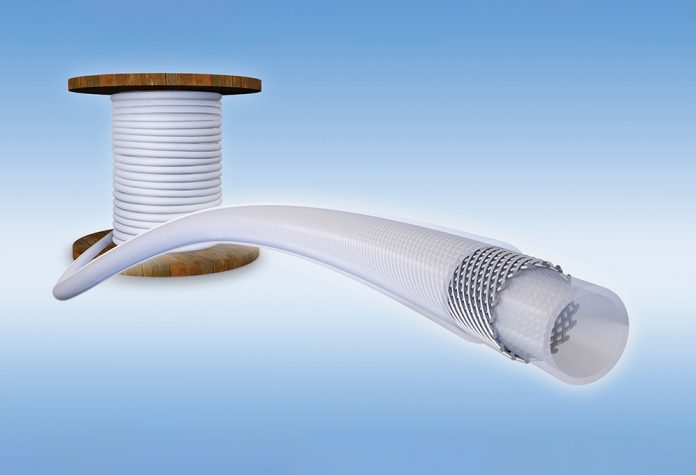In this issue of Water Industry Journal, we speak to Roger Attisha of FT Pipeline Systems and Pete Bibby of Waveney about how best to meet the challenge of phosphorus removal.
Phosphorus is essential to life, but like all good things too much can be a bad thing. Applied as a fertiliser, phosphorus helps plants to grow – yet too much adversely affects biodiversity.
Finding its way into our environment from a number of sources, via human sewage, household products such as detergents, as well as fertilisers, phosphorus leeches into our waterways from the surrounding rocks, soil and plants.
The problem of phosphorus
Excessive amounts of phosphorus cause algal blooms, which block sunlight from reaching the deepest water, thereby impeding plant growth. Plants die, depleting the water’s oxygen and this eutrophication adversely affects the eco system, killing fish and negatively impacting the reproductive systems of those that survive.
Recent advances in water analysis, plus our better understanding of how phosphorus affects the environment, means tighter limits are being put on phosphorus levels. Today, an excessive amount of phosphorus is the most common water quality failure.
Protecting biodiversity and preventing too much phosphorus from entering our waterways is a priority for the industry and approaches such as improved catchment management are helping, but the other consideration is how best to treat phosphorus once it’s detected in the water.
The challenges of chemical dosing
Chemical dosing is frequently used to remove phosphorus, but any application of chemicals carries risks. The safe and efficient use of chemicals is a priority so that we don’t use more than are necessary and those that are used, work effectively. It’s not just the type of chemicals that is an issue, but the manner in which they’re introduced into water treatment works.
Traditional rigid, dual contained dosing pipes have often proven difficult, expensive and cumbersome to manoeuvre, install and maintain. Whilst more recent, flexible, dual contained dosing systems, provide an adaptable, yet robust alternative.
Comprising of a pipe or hose within a flexible outer covering, potentially harmful substances are kept under control within the two-layer system. Whilst the light, supple materials mean installation is possible almost anywhere and given they rely on capillary action, rather than gravity to work, they can follow any path – making them particularly versatile.
Flexible, dual contained dosing pipes are also installed more easily than rigid systems, via a duct, for example, precluding the need for expensive excavation works, so disruption, downtime and the associated costs are kept to an absolute minimum too.
Light, flexible dosing hoses
ProtectaFlex dual containment hose comprises of a dosing hose covered with a close-fitting polyurethane containment jacket, a UK potable water approved raw material which is also UV stabilised.
Up to 63% lighter than traditional dual contained pipe systems, weighing just 4kilos per metre, it is easier to handle, transport and install – helping to reduce your carbon footprint and proving cost-effective too.
Traditionally, joints have proven the weak points of pipe systems, but not so with ProtectaFlex, here pipes are manufactured in much longer continuous lengths, mitigating the risk. Typically manufactured in 350 metre lengths, ProtectaFlex has been made to a maximum continuous length of 700 metres. Moreover, in the time ProtectaFlex has been available, since its first installation around nine years ago, no leaks have been reported.
PF Detect breaks new ground
Developed in conjunction with utility companies, PF Detect is a ProtectaFlex product with the additional benefit of an integral leak detection system, in which copper wires are fitted between the dosing hose and the polyurethane containment jacket.
An alarm is triggered almost instantaneously if liquid passes over the wires, so in the rare event of a leak, the pump immediately shuts down and the leak is stopped, reducing the environmental impact. Escaping liquid, need travel just 35-40mm to set off the leak detection system.
Introduced as recently as 2017, PF Detect has already been adopted by Anglian Water and installed in 25 schemes, with more than 150 projects upcoming. Whilst, projects with Yorkshire Water are planned for the next asset management plan period of 2020-25.
The benefits of the Protectaflex and PF Detect systems are clear, proving adaptable, convenient, cost-effective and helpful in cutting the carbon footprints of such infrastructure projects.
These flexible dual contained dosing pipe systems are ideal for both phosphorus removal or general chemical dosing in wastewater works. Combine these effective products with the expertise of installers Waveney, and tackling the challenge of phosphorus removal is in reach.



